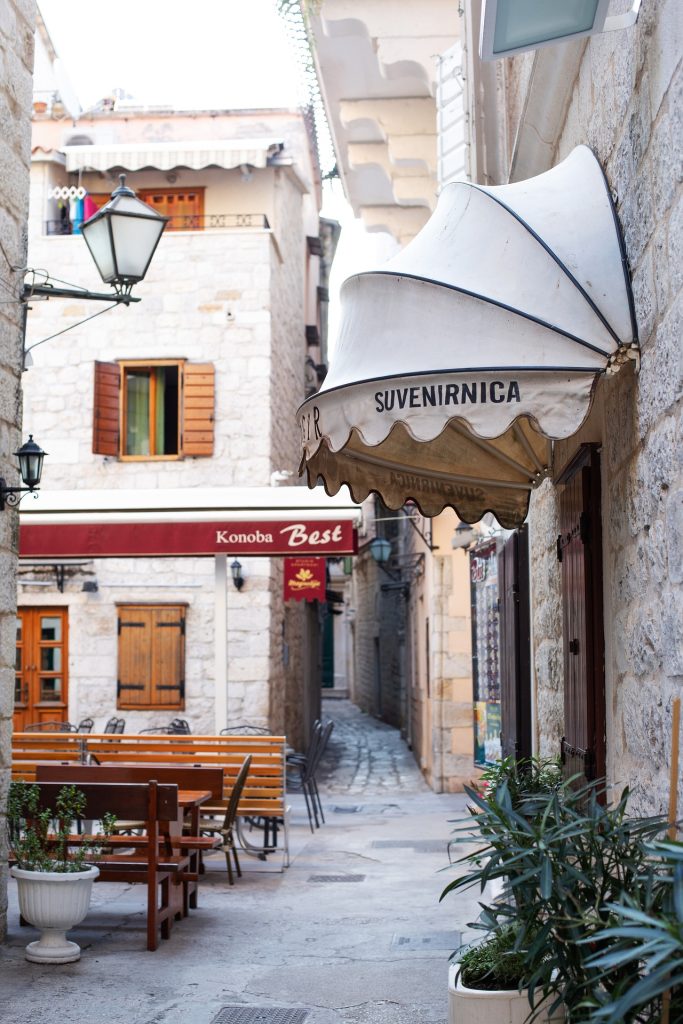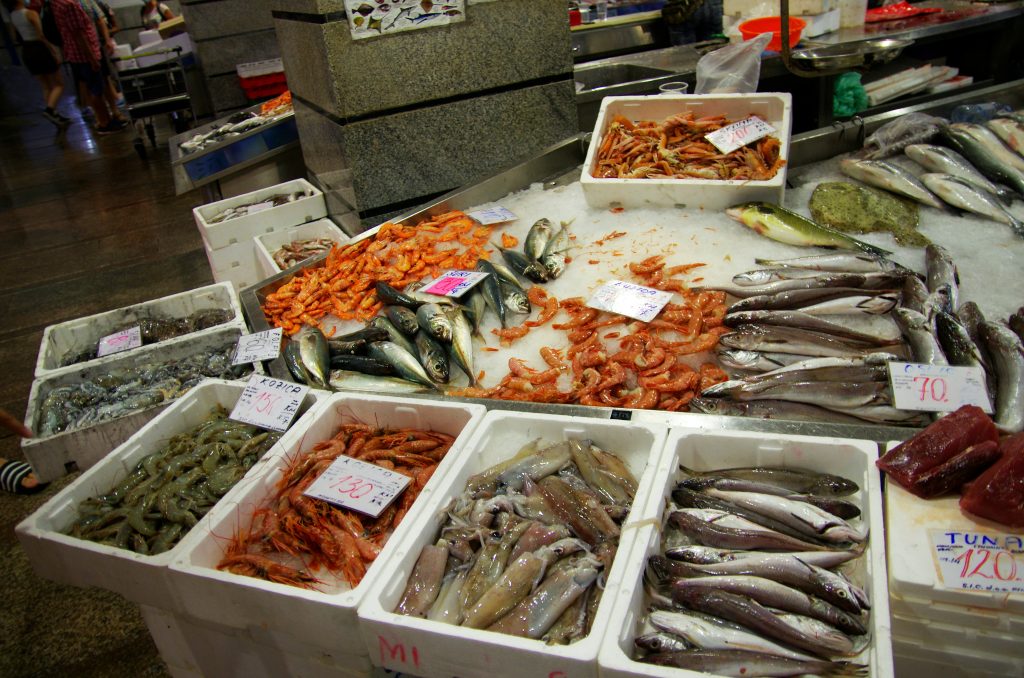June the 3rd, 2024 – Croatian food prices aren’t following the global trends which have seen prices drop across the board.
As Poslovni Dnevnik/Miroslav Kuskunovic writes, Croatian food prices are still not dropping. The costs consumers are being forced to bear are still burdensome despite the fact that there has been a big drop in prices on a global level, and the same is true across almost all EU markets.
This has been indicated by plenty of statistical indicators, as well as in normal conversations with ordinary consumers across. Croatia. There is very noticeable anger that Croatian food prices are not going down, and in some cases they’re even rising. That has been particularly visible over more recent days, specifically with fruits and vegetables that come from domestic production – such as strawberries, cherries, and early vegetables. Although consumers in Croatia point out in some surveys that their financial picture is generally getting better, inflation and rising prices are still their leading challenges, with the rising food prices being the main problem.
Thus, the results of the MasterIndex survey, conducted for Mastercard back in March by the Improve agency, showed that the majority of respondents in Croatia believe have a stable or improved financial situation compared to last year. That means that they spend more, for example, on travel and eating out at restaurants. An increase in consumption was recorded in almost all categories, and the largest part of income is still spent on food and drinks (an average of 234 euros per month per respondent).
As many as 83 percent of those asked point out that disruptions in the market and inflation have influenced the increase in their monthly household spending, and more and more is being spent on food items to prepare at home (68 percent).
People have found ways to save money by buying items only when they’re discounted (93 percent) and comparing prices (88 percent). Although, as the research shows, significant shifts in the perception of the financial situation are visible. Compared to 2023, inflation and price growth are still at the top of the list of concerns of Croatia’s residents – with 58 percent of respondents citing it as the main problem.
Croatian food prices and growth – 4.5 percent

Although global food prices are calming down and in April, according to the FAO index, they were as much as 9.6 percent lower than in April 2023, this is not really noticeable on the Croatian market. Consumer prices in the Eurozone rose in April at the same pace as they did in the previous month, and in Croatia, their growth was almost twice as strong as the average in the Eurozone.
In April, the annual inflation rate in the Eurozone stood at 2.4 percent, just like it was March, while in the same month last year, it reached as much as seven percent. Fresh food rose in price again, by 1.3 percent, while in March it was cheaper for the first time since June 2021, and by 0.5 percent. With the growth of consumer prices in April, by 4.7 percent compared to the same month last year, Croatia is at the very top, while prices in March increased by 4.9 percent, the strongest in the Eurozone.
The consumer price index of the CBS shows that prices in Croatia rose by 3.7 percent in April compared to the same month last year. On a monthly basis, they increased by 0.7 percent. Observed according to the main components, services rose in price by 6.3 percent, food, beverages and tobacco by 4.5 percent, industrial food products without energy by two percent, and energy by 1.1 percent.
what’s going on with croatian food prices?

Robert Jurišić, an agricultural analyst from the S-GRAIN BI company, points out that the world market for stock exchange agricultural goods stabilised last year, after the pandemic and the war in Ukraine.
“We’ve reached a state of new normal, because last year there was a downward trend in all input and output prices, that is, the market returned to normal. Prices worldwide returned to their pre-pandemic levels, and this lasted until March of this year, when there was a slight increase in the prices of stock exchange goods. According to him, the fall of Croatian food prices is somewhat slower, due to inflation and the fact that this is a country that is highly dependent on food imports.
“The market in Croatia has accepted the prices that are plastered on the shelves. Consumers are the ones who obviously didn’t adequately punish producers and traders, who have obviously shifted the burden of the growth of all their costs (labour, raw materials, etc.) to the consumer. There’s been a noticeable increase in consumption in Croatia, and this will increase further with the arrival of the tourist season, so I don’t expect Croatian food prices to fall”, says Jurišić, who points out that part of the problem related to high Croatian food prices should be found in non-competitive agriculture, as well as in imported inflation.











